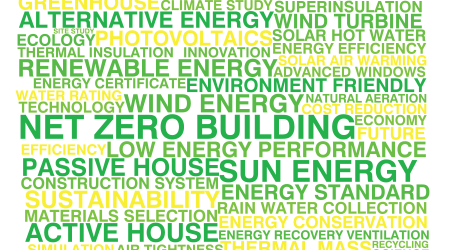Net zero energy may seem out of reach for many building owners and managers, but it’s no longer a niche trend, according to an article from Building Operating management on the FacilitiesNet website.
There are countless sustainability measures that can be implemented to give a building its net zero energy designation. There can be a large upfront investment, but net zero energy buildings cost very little to own and result in significant long-term savings.
The first step in creating a net zero energy building is to ensure energy efficient building materials, systems and appliances are used in the initial construction process. Examples include:
•LED lighting and movement sensors
•Optimized HVAC system (on average, buildings lose 10 percent of the energy they consume due to faulty HVAC systems)
•Low-flow toilets
•Water-saving faucets
•Drought-resistant landscaping
The second step includes onsite renewable energy generation.

 Building Sustainable Healthcare for an Aging Population
Building Sustainable Healthcare for an Aging Population Froedtert ThedaCare Announces Opening of ThedaCare Medical Center-Oshkosh
Froedtert ThedaCare Announces Opening of ThedaCare Medical Center-Oshkosh Touchmark Acquires The Hacienda at Georgetown Senior Living Facility
Touchmark Acquires The Hacienda at Georgetown Senior Living Facility Contaminants Under Foot: A Closer Look at Patient Room Floors
Contaminants Under Foot: A Closer Look at Patient Room Floors Power Outages Largely Driven by Extreme Weather Events
Power Outages Largely Driven by Extreme Weather Events